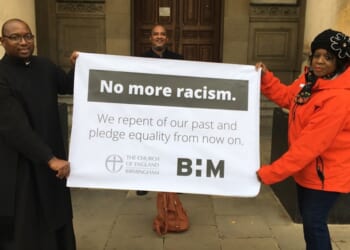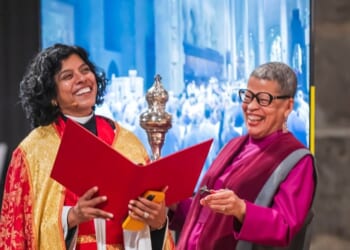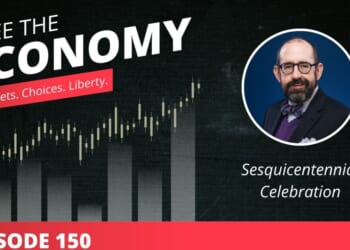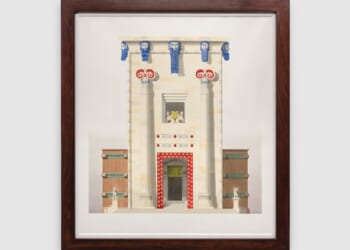PEOPLE not very good at waiting. We fill queues with scrolling, traffic with emails, and silence with music. The modern Church, too, is tempted to hurry. It announces initiatives before it has prayed about them, and plans renewal programmes as if holiness were a quarterly target. Yet, Advent stands like a liturgical speed bump, reminding us that redemption unfolds more slowly than strategy. In a culture that cannot bear delay, Advent teaches the Church to move at God’s pace.
“Be patient, therefore, beloved, until the coming of the Lord,” writes James (5.7). “The farmer waits for the precious crop from the earth.” Advent is that waiting field. It is still, expectant, and unproductive by worldly standards, and yet rich beneath the surface. It is the season in which God trains his people not to manufacture light, but to receive it.
THE waiting of Advent is not passive: it is a discipline of attention. Waiting in faith is living as if the promise is already on its way. Each candle on the Advent wreath marks progress measured not in efficiency, but in hope. The Church does not switch on all the lights at once. She trusts that light will come in its time, and holds the Gloria in reserve, letting the tension of longing stretch across the weeks.
This slow illumination feels quaint in an age of instant delivery and constant availability, but there is nothing nostalgic about Advent’s restraint. It is the realism of those who know that quick solutions rarely heal deep wounds. The prophets couldn’t rush their visions any more than Mary could rush her pregnancy, and even the Christ-child waited 30 silent years before speaking. The economy of heaven is deliberate.
Waiting, rightly understood, is not a lack of faith, but an act of it. It means believing that God is working when nothing seems to move. Simone Weil called waiting “the obedience of attention”, a phrase that could describe Advent itself. In the stillness between readings, and in the unhurried pacing of the liturgy, the Church re-learns once again that grace cannot be managed, only welcomed.
FOR those who are in ministry or discernment, Advent exposes how deeply our instincts have been shaped by productivity. We want measurable progress, immediate affirmation, visible fruit. Yet the Spirit forms vocation in much the same way as winter forms a seed: through hiddenness. To be called is to be cultivated, not launched — and perhaps that is why so many of God’s servants seem to spend years waiting: Abraham for a son, Israel for deliverance, Mary for the hour of birth.
In our anxiety to appear active, we risk confusing delay with decline, but the silence of Advent is not empty. It is the spaciousness in which God chooses to arrive. The Church’s task is not to accelerate that arrival, but to prepare for it, patiently and attentively. “Prepare the way of the Lord” is an instruction — not to hurry, but to clear space.
To wait together is itself a form of communion. When we gather for the lighting of a candle, or stand in darkness singing “O come, O come, Emmanuel”, we acknowledge that time itself belongs to God. The Church’s clock is not the market’s clock. The candle burns slower than the clock. That slowness is its holiness.
ADVENT, then, is the Church’s annual protest against the cult of immediacy. It is the holy art of not rushing God, and, in its quiet, we remember that salvation is delivered not by our deadlines, but by grace. The waiting of Advent shapes the readiness of Christmas; without it, joy becomes merely a spectacle.
To practise this waiting is to believe again in divine timing. The world will keep counting down shopping days, but the Church will keep counting candles. Somewhere in that difference lies the possibility of hope.
And, when the final candle is lit and the Gloria returns, we will have learned again that God does not arrive because we have been productive, but because we have been patient.

















